the agentic
AI platform

Crafter.ai is the agentic AI platform (no-code) that simplifies the process of developing and managing chatbots and AI agents, combining tools and features within a hybrid platform, which allows you to benefit from the latest generation models, without the need for technical skills .
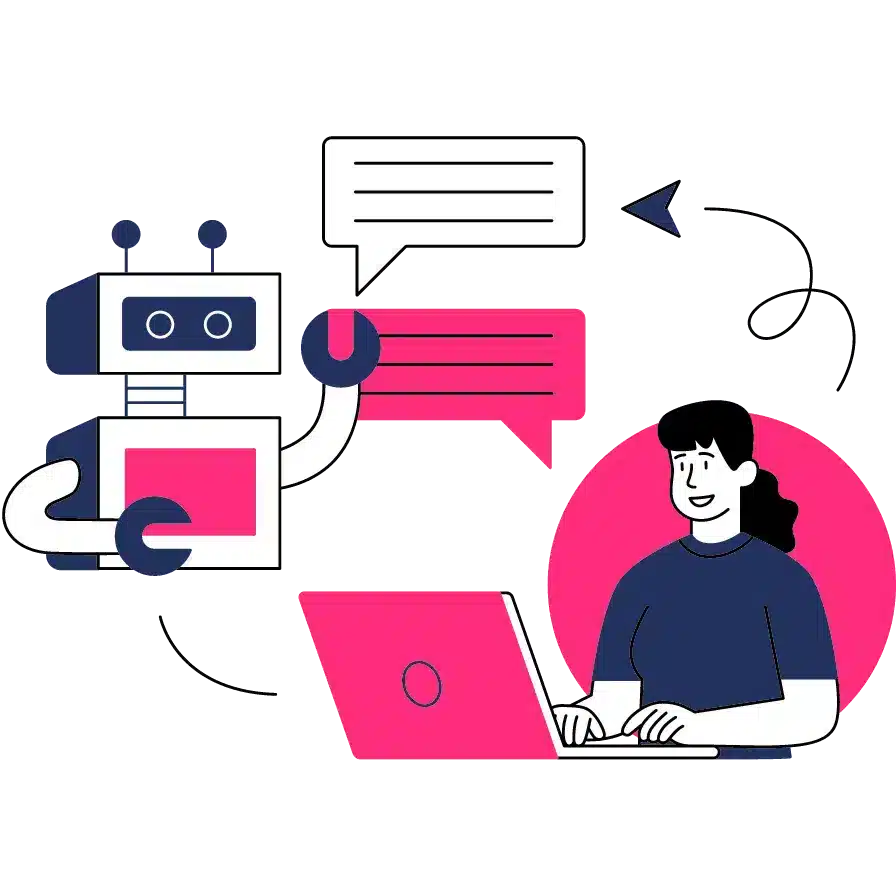
HOW TO USE crafter.ai
STRENGHT POINTS
AI AGENTS
Integrate AI agents into the conversation flow to orchestrate your processes.
RAG SYSTEM
Maintain complete control over your AI agents, ensuring accurate and secure responses.
LLM
Automate the creation of knowledge bases and responses to minimize manual efforts.
CONVERSATION DESIGNER
Easily customize conversation flows and orchestrate between specialized AI Agents.
MULTI-LANGUAGE
AI Agents built with Crafter.ai have multilingual response capabilities.
PREDICTIVE ANALYSIS
Integrates predictive analysis technology to detect the user’s psycho-attitudinal profile and encourage personalized interactions.
SECURITY
We follow best practices for security management. We are GDPR compliant and all our servers are located in the European Union.
AI agentic platform features
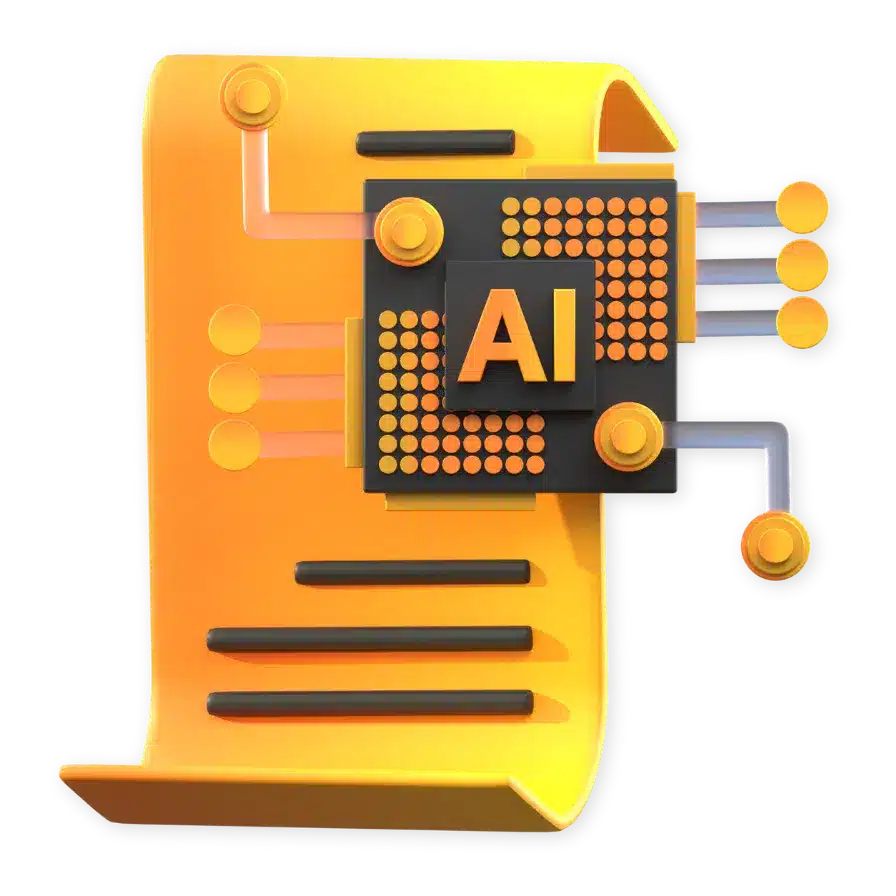
Crafter.ai simplifies access and use of the most advanced AI technologies (OpenAI, Gemini, Claude, Mistral, Llama, etc.) with the freedom to choose between two fundamental approaches:
Probabilistic Model (LLM and RAG): perfect for managing large knowledge bases and heterogeneous questions.
Deterministic Model (Conversation Designer): preferable when it is crucial to guarantee precise and predictable behavior by the bot, such as in the management of prices, discounts, reservations or device tasks.

Platform overview
How Does it works
rag technology
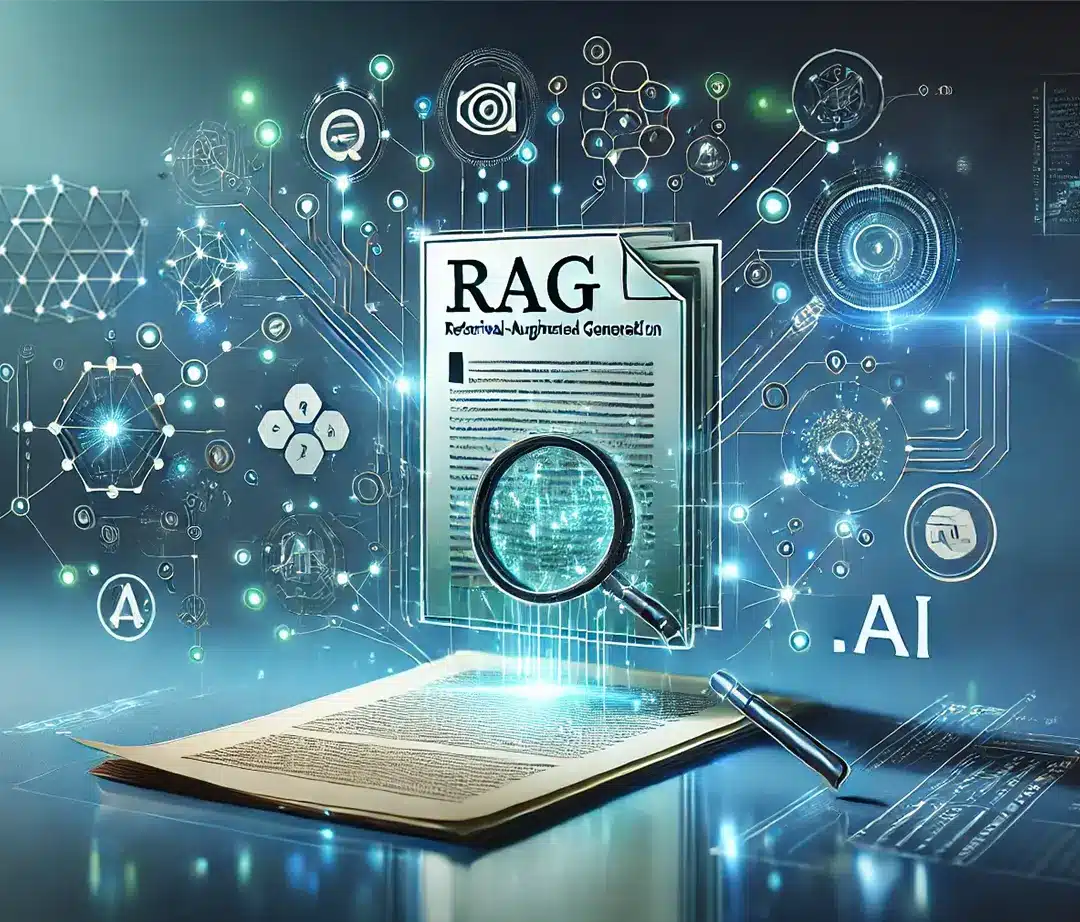
RAG – Retrieval Augmented Generation technology optimizes document management for greater precision and accuracy of responses.
This approach allows not only to provide relevant and contextualized answers, but also to reduce the margins of error.

LARGE LANGUAGE MODEL
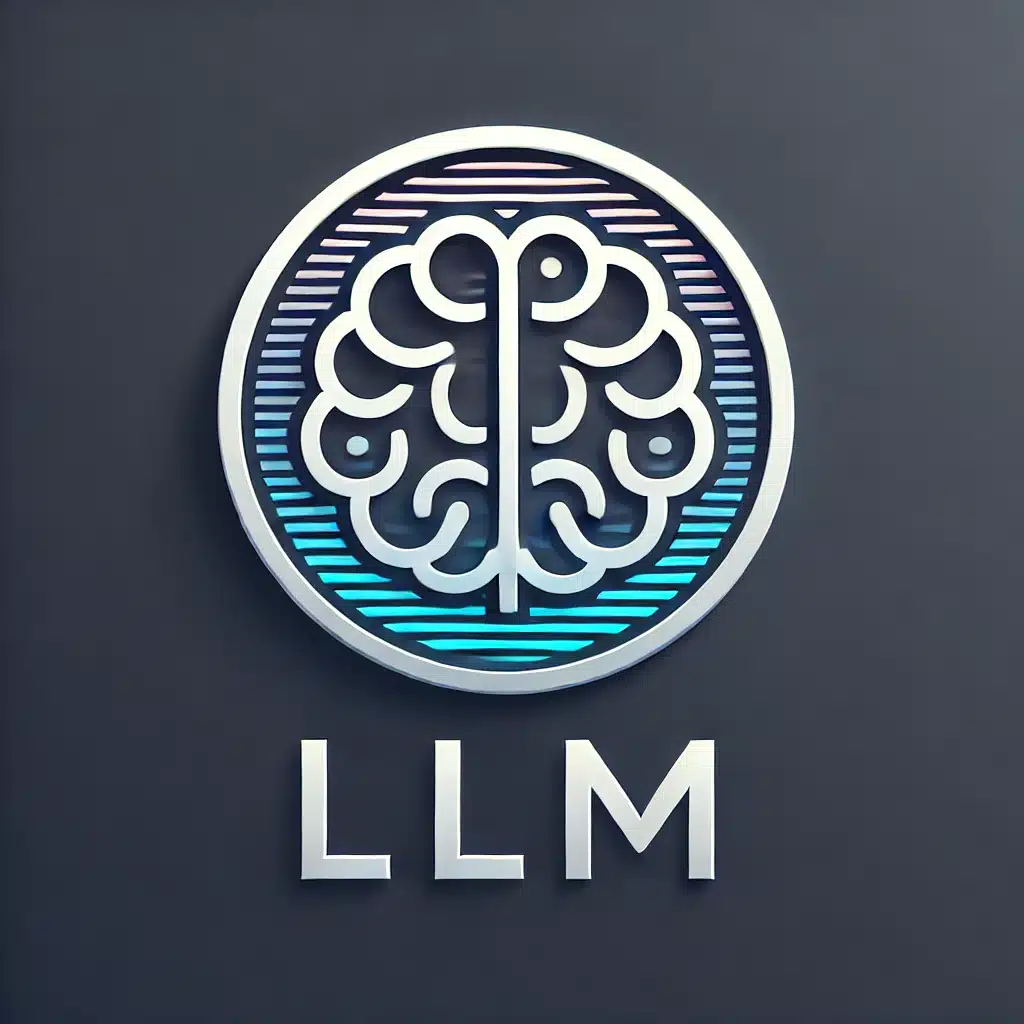
Within Crafter.ai platform Large Language Models process content and answers and support the knowledge base creation phase, allowing to create new Q&As automatically. Discover the benefits of generative AI for your company’s processes.

CONVERSATION DESIGNER
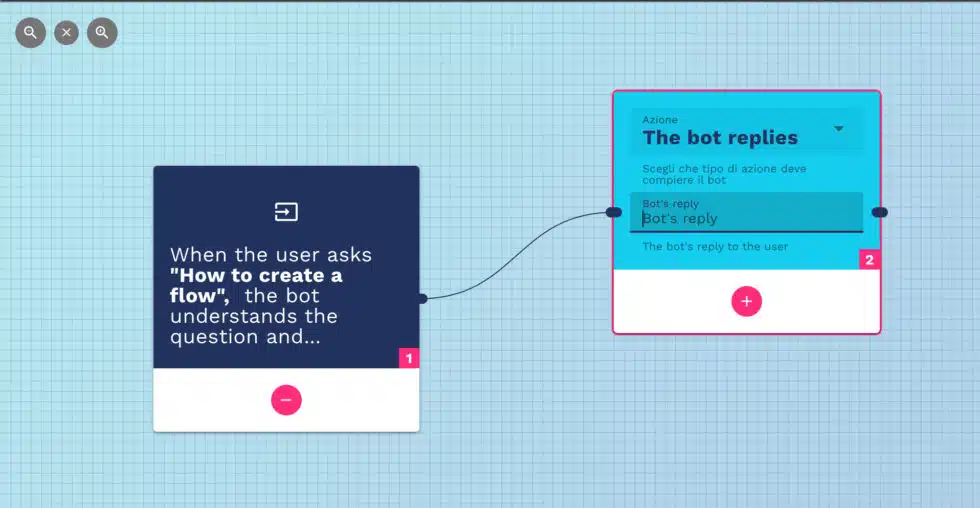

MULTI-LANGUAGE
AI AGENTS
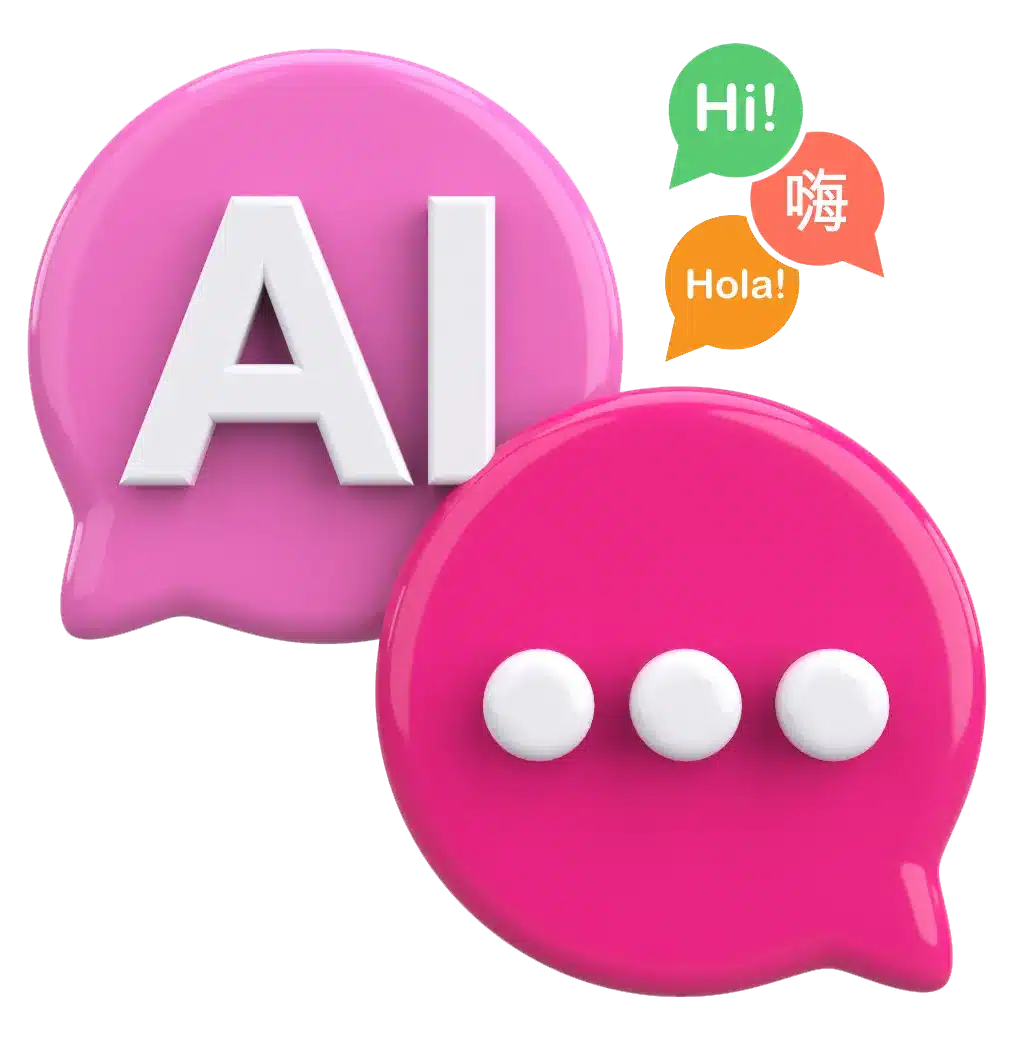
Thanks to integration with advanced language models (LLM), these agents automatically recognize the language of the question and provide a consistent answer in the same language.

Predictive Analysis
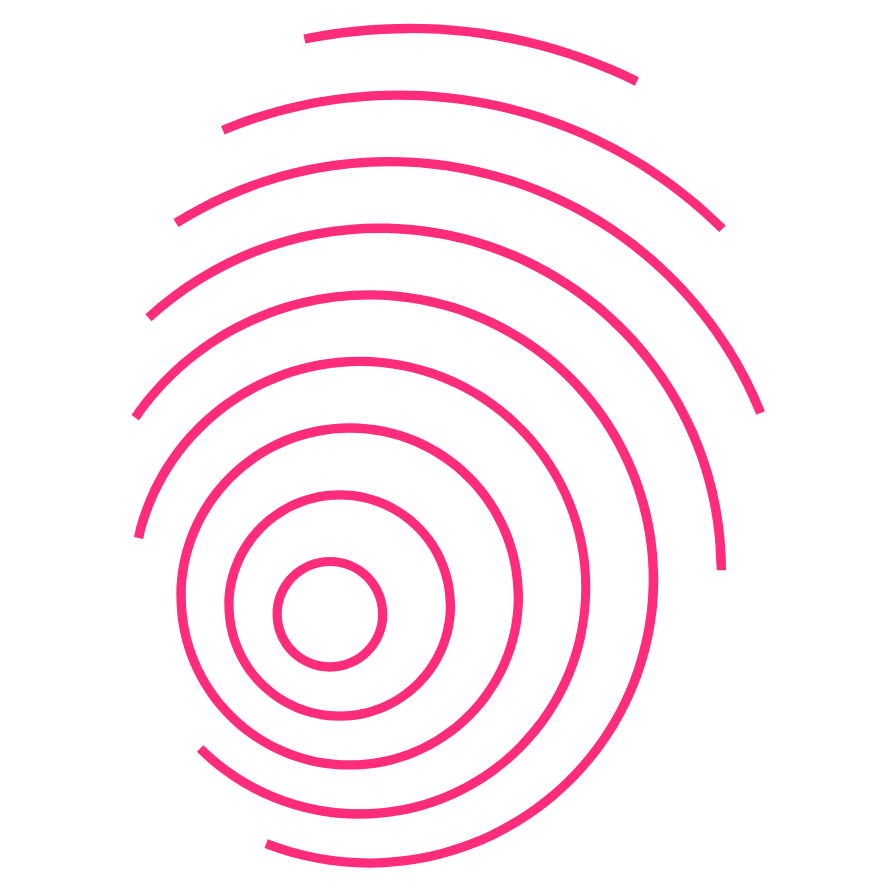
Crafter.ai does not use cookies to profile users.
AI agents created with Crafter.ai can be integrated with Portrait’s proprietary predictive analytics technology.
PortrAIt is a predictive artificial intelligence software that allows you to personalize communication and identify the Next Best Actions, through the detection of the user’s main psychometric traits.

Agentic AI
data security
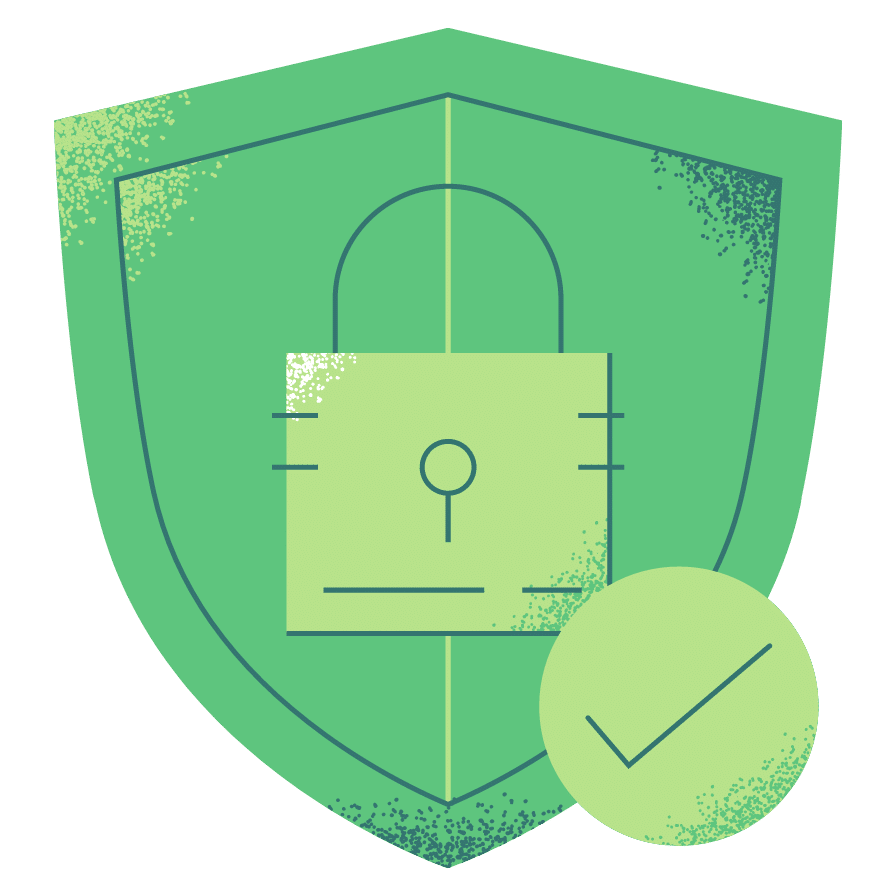
We follow best practices for security management.
We have passed the security checklists of some of our most demanding healthcare and finance customers.
We are GDPR compliant and all our servers are located in the European Union.
